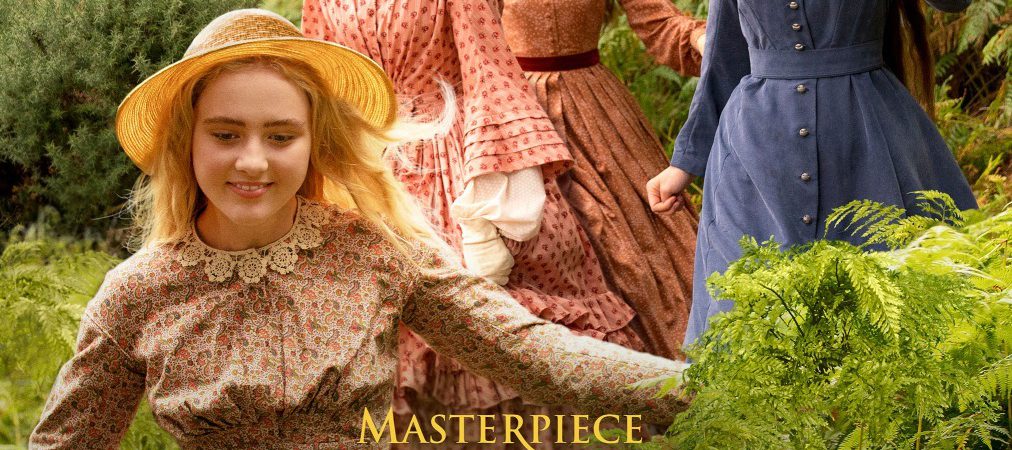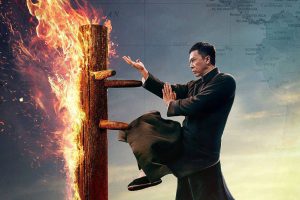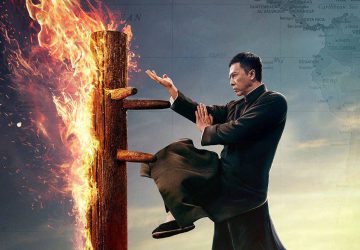
Inside ArtCenter College of Design’s Op-Ed Class
It is no hyperbole, but, yes, we all love stories about editorial departments. Contrary to our very own, where we constantly comingle words and art on the same page, the New York Times Op-Ed division is on another level of regular, last-minute deadlines and fast moving parts to connect stories and art. In the ArtCenter College of Design at Pasadena, there’s a class that introduces students to this real-world situation of tight deadlines and peer pressure strain. The Op-Ed Illustration course is where students get a taste of the rough realities of this editorial world. The goal? “For aspiring artists to learn efficient procedures to generate ideas and contemporary storytelling while finishing fast-paced assignments grounded in current events.”
The class is taught by Brian Rea,Art Manager of this NY Times Op-Ed section from 2004 until 2008, along with fellow instructor Paul Rogers, who each have a long history dealing with those sorts of newspaper deadlines, in addition to having worked for major entities that crossover both digital and print worlds.
And quarterly magazine, but using only the occasional”super late-night deadline push” just like a paper or op-ed segment, will you walk me through some of those deadlines and stresses you needed to confront as art director of the NY Times Op-Ed segment? I am fascinated with this since, while I confront deadlines, newspapers are much different celebrities. Brian Rea: The Comment section of this NY Times is, of course, a daily section–for the Art Director, there is a deadline to close each day. I functioned as the AD for approximately five years, and throughout my period on the webpage, we ran two pieces of art every day, four to eight pieces on Sunday. Between assigning, overseeing the design, managing the look of the section, Assessing portfolios, creating Op-Art ideas or long-term pieces for the online component… it’s a busy segment.
a challenge. The stress is simply based on time–normally less than 24 hours to work on each piece from sketch to finish. The e-mail will come in approximately 9 am California time, and you’ve got about 15-30 mins to take the assignment and also the AD will move to somebody else. You’ve got to read this guide and send images by noon. An idea is picked and final art has to be in the Times by 4 pm. The moment you accept work from the Op-Ed, the adrenaline kicks in and there isn’t any time for anything else daily. You want to make an image that will appear good on the webpage and solve the issue, but you also know a lot of ADs, designers and illustrators will see that, so you’re aiming high to your ideas and execution. When it’s finished and in the paper the next day, it always seems a little like a magic trick the thing you did the day ahead is right there at the newspaper. Not every illustrator is appropriate for this type of mission with these kinds of time limitations, but for those who are, this is the extreme sports of image-making.
How do you teach how to handle such deadline anxiety? What Kind of parameters do you put on the pupils? Maybe walk through the way in which the course is set up, because I assume it’s popular and pupils must really be participated with both current events and fantastic art program. It simulates the illustrator’s experience working on projects to the Opinion page in the NY Times, or the expertise of running an illustration practice working on multiple jobs. In addition, we discuss the art director’s role in each job too. We emphasize concepts and spend a lot of time comparing effective sketching and smarter solutions to illustration problems. The goal is to get beyond the cliches and equip the students with exceptional, personal ideas and storytelling. During the first couple of weeks, we provide pupils with a few methods for generating ideas economically –we overlap projects. As an example, they might be creating sketches on a new assignment while working on the last for past, accepted sketches all in precisely the exact same week.
We email projects to the pupils rather than delegating them In the classroom, which gives them time to work on sketches and more closely simulates how illustration jobs are assigned in the real world. We treat and critique the work on a professional level, not a student level. Along with the weekly assignments, students also work on a term-long Op-Art assignment, which is an illustrated and authored”project” generated completely at the end of every semester. The students handle a live mission given to them from the present art directors at the Op-Ed page, and a single pupil’s piece is chosen and looks in print, with credit and payment. It is always a highlight of the term, and we’re really fortunate that the NYT along with the art directors we have worked with over the decades have provided this special opportunity. I think that the students recognize the value and love the chance to show their best work, which in turn, gives the ADs a opportunity to check at a great deal of fresh new talent, all at once.
What history do the majority of the pupils have? Are they Into illustration? Is there a type of student who chooses the program? Most are mid to upper-level illustration pupils who are interested in being fulltime illustrators and also a desire to develop their own idea-generating skills while maximizing their work visually.
The course is called Op-Ed, so all missions come right back In the pages of the NYT Opinion section. The students become really familiar with the content, the columnists and the arrangement of written opinion pieces, in addition to how to split them down to a format that they can then sketch out from.
We meet with approximately fifteen to twenty five students each term for Most class time is devoted to critiquing and lectures with illustrations, as well as guest critics from time to time. There is a good deal of reviewing of job, both for our course and other projects that the students earn for review.
How Long elapses in the”live” Mission into the Op-Ed art manager in the Times reviewing the pupils’ work? I suppose it is a few-hour process? Or just a day? The live mission is precisely as it sounds, a live mission with the NY Times. The art director in the Opinion page will send Paul and me the article the pupils will work from. We will review the article in class directly with the pupils (not using all the AD’s) and discuss any comments or recommendations that the ADs or editors have provided. The students then have approximately 24 hours to come up with individual sketches and finish their own unique solutions for the mission. Paul and I save the NYT art directors the time of going through 20 pupils’ sketches by tackling the inspection step in class. Once we pick a sketch with every student, they could work on the final either in class or in their studio. All finals have to be emailed (right format, dimensions, etc.) with a specific time the morning after. We bundle all 20 completed solutions and ship them into the AD by the deadline.
It’s a bit like Christmas morning for the AD, who has 20 finals To pick from. They contact the students directly (Paul and I aren’t involved with the selection process whatsoever ). What is always unique, though, is that the AD’s take the time to provide written opinions about all submitted pieces. This is priceless to the students–items they find in the work, recommendations onto a bit, or other artists they might look at. It is so uncommon for students to get direct feedback from an AD on their work, particularly from these high tech ADs who have incredibly busy schedules; nevertheless they deal with illustration every single day, so are absolute experts in communicating with illustration. Their comprehension and comments are really appreciated, and we’re grateful they take some time to do so.
How many years have you taught this program? And what exactly are A few of the tasks your alumni have approved after shooting it? I really like the scope of quite smart, real-world program of time and skill that is provided.We’ve been teaching this course for nearly ten years. It’s exceptional in that it’s taught from the perspective of an illustrator and an art director in precisely the exact same time, and we share the roles that each plays in a job. It becomes about management, people skills, presentation and, of course, thoughts. These fundamental principles apply to numerous other creative areas today. The list continues, and hopefully, this class is a very small part of that journey.
Illustrators are a competitive group. When we see an Illustration done by someone else, most of us believe,”I might have done that Job, why did not they call me that?” I have regard for the Images I see on the Op-Ed page because I know all the ways it could go wrong. It is good to see your own work on the page, but the next best thing would be to open The newspaper in the morning and see a case done by a previous pupil.

















Comments